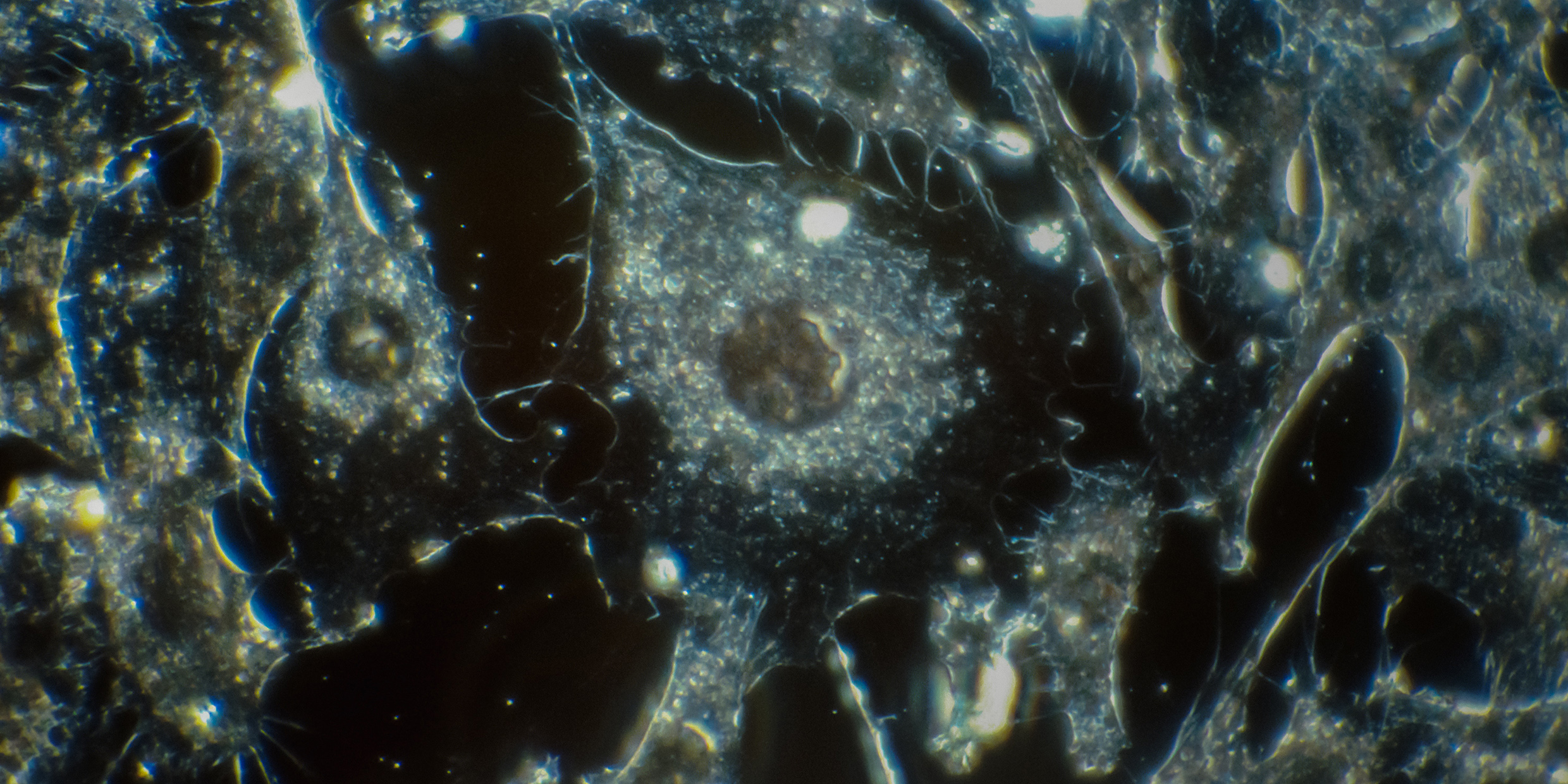Originally published 10 September 2002
Now that bubonic plague, smallpox, cholera and many other diseases of high mortality are mostly things of the past, the Big C looms as the most frightening way our bodies can go wrong.
Those other diseases are “them against us,” the “them” being viruses or bacteria that use our bodies as breeding grounds. Cancer seems to be a case of “us against ourselves.”
No one yet knows for sure what is the cause or causes of cancer, but one thing is clear: Cancerous cells are genetic chambers of horrors. Genes that don’t do what they are supposed to do. Extra genes. Missing genes. Damaged genes. Rearranged genes. A chromosomal freak show.
Heredity is implicated in some kinds of cancer. Environment can be a factor. But whatever gets it going, cancer cells are cells out of control, a nightmare population of molecular mutants.
When you think about it, the surprising thing is not that cell reproduction sometimes goes wrong, but that it ever goes right.
Our bodies contain something like a trillion cells, and they are reproducing all the time, some cells dying, others taking their place. For reproduction to occur flawlessly, every cell must accurately replicate its DNA — its full complement of genes, distributed on 46 chromosomes.
The chromosomes appear as neat little packages when you see them reproduced as microphotographs on the page of a biology book. But each of those little packages contains a terrible tangle of DNA.
As nearly everyone knows, the DNA is a long strand-like molecule — two twisted threads of alternating sugars and phosphates, linked by pairs of molecules called bases. The bases are of just four kinds, designated A, T, G and C. A always pairs with T; G always pairs with C. It is the sequence of paired bases along the strand that is the genetic code for a human being or any other creature.
If DNA had the thickness of sewing thread, the total length of DNA in every human cell would stretch nearly from Boston to New York, or the equivalent of 1,000 spools of thread tied end to end.
Take all of that thread and crumple it into 46 wads (the chromosomes), stuff the wads into a shoe box (the cell nucleus), and toss the shoebox into a steamer trunk filled with noodle soup (the cell). Shrink the whole thing down to an invisible speck and multiply by a trillion. Then you’ve got the cells in the human body.
When a cell reproduces, all of that DNA unwinds, splitting down the middle. Every A finds a T, every T finds an A, and so on, so that each side strand makes a complementary copy of itself, and ultimately a full new set of DNA.
At every instant of our lives, tiny protein-based “motors” crawl along the strands of DNA, transcribing the code into single-strand RNA molecules, which in turn provide the templates for assembling the proteins that build and maintain our bodies. Other proteins help pack DNA neatly into the nuclei of cells and maintain the tidy chromosome structures. Still other protein-based “motors” are busily at work untying knots that form in DNA as it is unpacked in the nucleus and copied during cell division. Others are in charge of quality control, checking for accuracy of replication and repairing errors.
We frequently hear about the simple elegance of DNA, but we seldom hear about the associated molecular machinery that ensures that the DNA reproduces accurately, and accurately spins out proteins. It is not enough that the trillion cells in our body do their job; they must do it while keeping the genetic code intact. When errors start accumulating, the Big C rears its ugly head.
According to a recent special issue of Science (July 26, 2002), a big question for cancer researchers is whether the proliferation of genetic abnormalities in cancer cells is the cause of the disease or the result.
The name for whatever goes wrong is “genetic instability,” some sort of monkey wrench in the works that makes cancer cells more likely to develop abnormalities than normal cells. Medical researchers and molecular biologists are trying to figure out exactly what it is that goes wrong.
This would be hard enough if the researchers were working on the scale of the 1,000 spools of sewing thread in the shoe box in the steamer trunk, but this vast and complicated molecular commerce is taking place in cells that are typically 30 times smaller than the period at the end of this sentence. Putting a man on the moon is child’s play compared to figuring out how genetic material keeps itself intact — or fails to do so.
Meanwhile, the Big C sits there licking its chops, waiting to see if some normally functioning collections of cells (the brains of cancer researchers) can figure out why other collections of cells (the cancers) run wildly amok.



